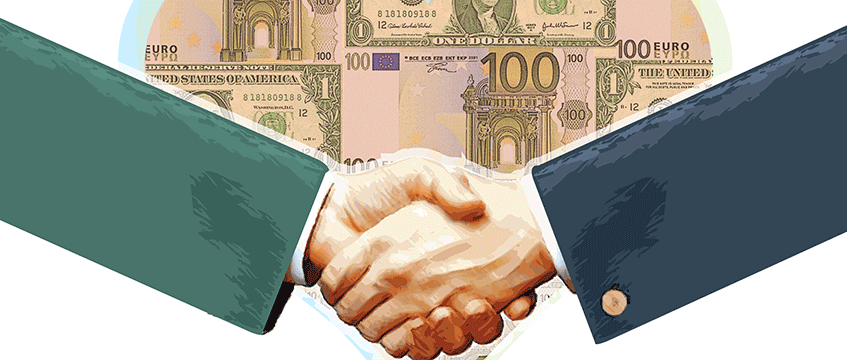Local knowledge is crucial when building a commercial property portfolio. The Wealth Report taps into Knight Frank’s global network of experts to bring you the latest investment hotspots.
When it comes to investing, it’s all relative. As we explore elsewhere in The Wealth Report, one upshot of the extension of the global economic cycle is a lowering of returns across all investment classes. In this context, real estate yields will continue to look attractive: typically, even the lowest are higher than government bond yields, and volatility is lower than that of stocks. There is a strong case to be made for real estate investment at this point in the cycle. Some investors, however, want to go a step further by pursuing strategies that enhance real estate returns in an absolute sense. There are many ways to boost performance, but two of the most relevant fall under the banner of reinvention.
At the level of individual assets, real estate offers a unique opportunity for redevelopment, repositioning and enhancement. As various parts of the sector experience structural shifts, some investors are creating value by changing the way assets are used to make them more relevant to today’s market: for example, turning an outdated shopping centre into residential or office space.
Broader in nature, a second type of reinvention sees entire neighbourhoods take on new life, sparked by a certain intangible mix of conditions. Investing in these locations at the right time can mean riding a wave of value appreciation that is almost unrelated to the swings of broader market conditions. Identifying such opportunities is challenging – and almost impossible without the help of local market experts. For this reason, we have worked with our colleagues around the world – from Madrid to Moscow, and from Kampala to Kuala Lumpur – to draw up a list of those micro-locations that we believe warrant further investigation by investors seeking to maximise their real estate returns. Here we present a small selection of these markets.
Will Matthews, head of commercial research
Rue Saint-Honoré, Paris, France
David Bourla, chief economist and head of research, Knight Frank France
Rue Saint-Honoré runs almost 2km between the CBD and Les Halles, a major regional transport hub and popular shopping district. The stretch between Rue Royale and the Rue Saint-Roch church has become the destination for luxury retail.

Why is it up and coming?
The transformation began in 2011 with the opening of the Mandarin Oriental hotel. In just a few years, the street has become a target for major retailers, accounting for almost a quarter of all luxury store openings in Paris. The flagships of several of the world’s most prestigious brands are concentrated within less than 800m – including Chanel, Saint Laurent and Louis Vuitton. The boom shows no sign of slowing down: Burberry and Dior are both planning openings in 2020, along with high-end hotels including an extension to the fashionistas’ favourite, Hôtel Costes.
My favourite bits
The Saint-Honoré district is also the gourmet heart of the French capital. Among the established Michelin-starred restaurants, some exciting newcomers are making their mark. Balagan, on Rue d’Alger, is among the most popular proponents of the new Israeli cuisine that has proved a hit with Parisian diners.
Who’s buying?
North American funds, European private funds and investors, French private funds and insurers.
What are prime yields (cap rates) in the area?
Between 3.5% and 2.5%, or even less for the best assets with reversionary potential. Rue Saint-Honoré has the lowest rates on the market, comparable to the levels seen in other leading Parisian luxury and tourist districts such as Avenue Montaigne or the Champs-Élysées.
Madrid Nuevo Norte, Madrid, Spain
Rosa Uriol, deputy head of valuations and head of research, Knight Frank Spain
A new financial district, Madrid Nuevo Norte will cover an area more than 5.6km long by 1km wide. At its heart will be a new underground transport hub, surrounded by green space, residential areas and retail units.
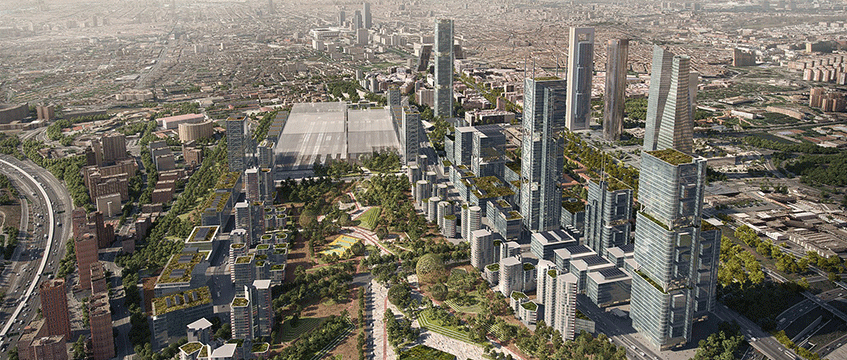
Why is it up and coming?
Europe’s largest urban redevelopment project will generate thousands of jobs, create new public spaces and provide key infrastructure, including 1m sq m of office space. It is also very close to the airport.
My favourite bits
Housing, offices, commercial premises, public facilities, green spaces and public transport will complement each other and ensure the area is alive 24/7.
What are prime yields (cap rates) in the area?
It seems reasonable to expect yields in the same region as the prime AZCA and Castellana axis: between 3.5% and 4.5%.
North Sydney, Australia
Ben Burston, chief economist, Knight Frank Australia
On the north side of the world-renowned Sydney Harbour Bridge, this area has historically functioned as an extension of the CBD office market. Now, though, it is emerging as an important market in its own right.
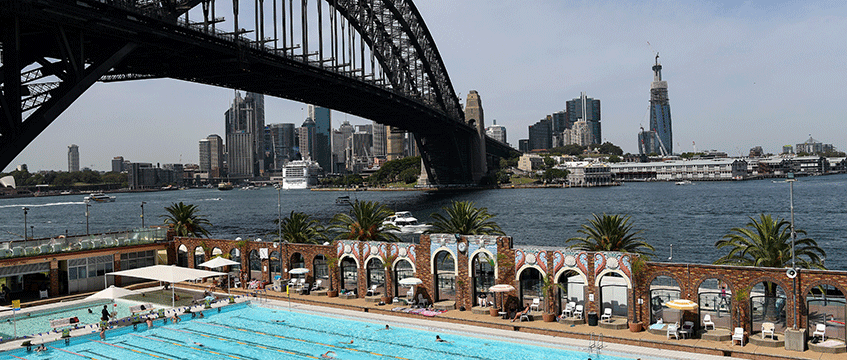
Why is it up and coming?
North Sydney is primed for expansion and revitalisation, and in coming years will benefit from demand spilling over from the city’s crowded CBD. Game-changing improvements in connectivity via the Sydney Metro – the country’s biggest public transport project – along with improved amenities and new supply, have increased its appeal to occupiers, especially those in the technology, media and telecoms sector, which has accounted for 33% of leasing activity over the past two years.
My favourite bits
North Sydney offers all the benefits of the CBD, with more green space, fresher air and less crowding. The city’s iconic sights are within walking distance, as are a number of small parks and reserves, with nearby restaurants at Blues Point Road, Crows Nest and Neutral Bay.
Who’s buying?
Institutional and private capital from Australia, Hong Kong, the UK, Singapore, the US and Canada.
What are prime yields (cap rates) in the area?
Yields have decreased slightly over the past 12 months and are now as low as 5%, putting the yield spread between Sydney CBD and North Sydney at around 45 basis points. Current yield metrics, coupled with the potential for further rental uplift, is proving attractive to a wide range of investors.
Tun Razak Exchange, Kuala Lumpur, Malaysia
Judy Ong, head of research and consultancy, Knight Frank Malaysia
The 70-acre development of Tun Razak Exchange (TRX) is Malaysia’s first dedicated financial district, and home to The Exchange 106 @ TRX, which at 492m is South East Asia’s tallest building.
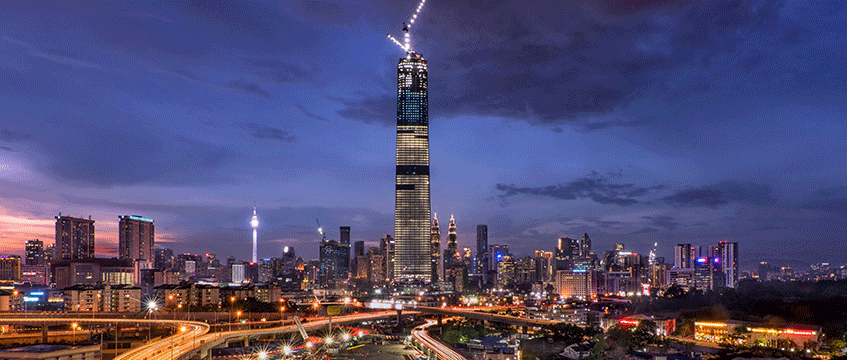
Why is it up and coming?
Set in a lush park environment, TRX enjoys excellent connectivity, with an MRT interchange on the doorstep.
My favourite bits
TRX will offer a range of restaurants, while the Exchange TRX will include a department store, six residential towers, a hotel, offices and a rooftop park.
Who’s buying?
About 70% of land parcels have been sold to international developers and construction companies, or global banking institutions. .
What are prime yields (cap rates) in the area?
Prime office yields in KL are in the region of 6.5%. Newer office buildings generally offer higher yields.
Wadala Truck Terminus, Mumbai, India
Vivek Rathi, director – research, Knight Frank India
Wadala is close to the centre of the Mumbai Metropolitan Region and has excellent connectivity, with major roads linking it to south Mumbai, Navi Mumbai and the central suburbs, and a monorail connection to western and central railway networks.
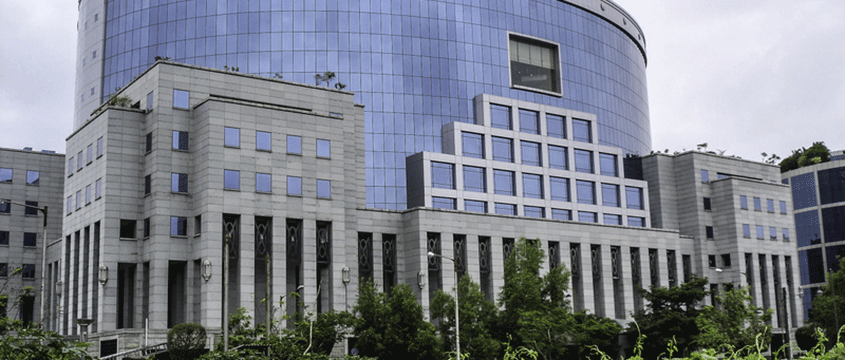
Why is it up and coming?
The 288-acre truck terminus is being shifted out of Wadala and the land is being developed into a prime real estate location similar to the Bandra Kurla Complex in Mumbai’s CBD. If the Mumbai Metropolitan Regional Development Authority can work the same magic at Wadala, then at least 50m sq ft of real estate supply – connected to various parts of the MMR via three mass rapid transport systems, currently under construction – can be expected in this region.
My favourite bits
The prospect of development opportunities similar to those we have seen at Bandra Kurla.
Who’s buying?
The truck terminus is in the process of shifting out. Once this process is complete, MMRDA will auction the land to developers and institutions.
What are prime yields (cap rates) in the area?
Bandra Kurla is one of India’s most sought-after business districts and cap rates hover at around 8%. If MMRDA is able to do the same at Wadala, similar rates can be expected.
Kololo, Kampala, Uganda
Francis Bbosa, research analyst, Knight Frank Uganda
Long known as Kampala’s diplomatic quarter, Kololo is also the city’s second-largest office market, accounting for at least 20% of all office space.
Why is it up and coming?
With less congestion, better security and proximity to high-income suburbs, Kololo is fast emerging as Kampala’s new office hub and an attractive alternative to the established CBD.
My favourite bits
Kololo is among the most affluent and prestigious neighbourhoods in Kampala and is close to Acacia, Uganda’s first fully air‑conditioned mall.
Who’s buying?
Predominantly expatriates seeking live/work/walk environments with a range of housing choices, pedestrian connectivity, transit and cycling options.
What are prime yields (cap rates) in the area?
Average yields are 9.5% and 10.5% for prime office space and secondary office space respectively.
Khamovniki, Moscow, Russia
Andrey Solovyev, head of city sales, Knight Frank Russia
Khamovniki is close to Moscow’s main business areas, but retains a more tranquil feel. It is distinguished by its excellent transport links and infrastructure.
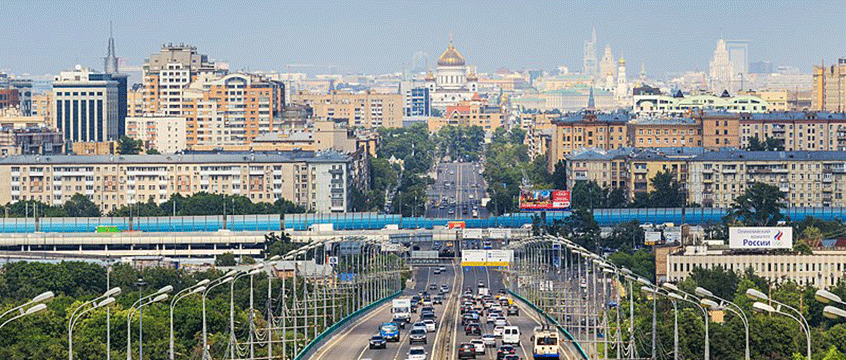
Why is it up and coming?
The district leads in terms of the sheer number of deals – one in every five units in the high-end residential market is purchased here. The majority of buyers are acquiring apartments for their own permanent residence. Every year several new projects appear, but because of constant high demand, supply volume has not changed much in recent years.
My favourite bits
One of the iconic locations is a sports cluster, Luzhniki, where some of the 2018 FIFA World Cup games were held. Usachevsky Market is a draw for foodies.
Who’s buying?
Local, German and French buyers.
What are prime yields (cap rates) in the area?
The big story of the past year has been the 12% rise in values, which means the average price per sq m now stands at Rb825,000 (£9,973).







